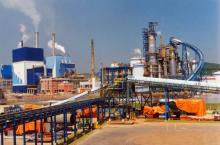Supply Elasticity
When the price of a product or service increases (for example: if the demand increases), the quantity produced usually increases. Similarly, when the demand decreases, the price decreases and the quantity produced usually decreases.
The variation in the quantity in the face of a price variation can be big or small. But how to measure if the responsiveness of the supply is big or small?







